Introduction: The Unsettling Bang of Water Hammer
Have you ever heard a sudden, loud banging or thudding noise coming from your pipes after turning off a faucet or appliance? That unsettling sound is called “water hammer.” While it may seem like a harmless annoyance, water hammer can be a warning sign of underlying plumbing issues that, if ignored, may damage your pipes, joints, and valves. Understanding what water hammer is, why it happens, and how to address it is essential for homeowners and DIY enthusiasts alike. This comprehensive guide will demystify water hammer, detail its causes, explain the risks it poses to your plumbing system, and provide actionable, step-by-step DIY solutions to eliminate the problem. Whether you’re a seasoned handyman or a complete beginner, this post will equip you with the knowledge and confidence to tackle water hammer and protect your home for years to come.
What Is Water Hammer?
Water hammer, also known as hydraulic shock, is a pressure surge or wave that occurs when a fluid in motion is forced to stop or change direction suddenly. In household plumbing, this typically happens when a valve or tap is closed quickly, causing the moving water to slam against the closed valve. The resulting shockwave reverberates through the pipes, producing the characteristic banging or knocking sound.
How Water Hammer Happens
- Sudden Valve Closure: Rapidly closing a faucet or valve creates an abrupt stop in water flow, generating a shockwave.
- Appliance Valve Action: Solenoid valves in dishwashers and washing machines close very quickly, often triggering water hammer.
- High Water Pressure: Systems with excessive water pressure are more prone to water hammer, as the force of moving water is greater.
Common Signs of Water Hammer
- Loud banging or thudding noises after shutting off water
- Vibrations in the pipes or walls
- Visible shaking pipes
- Occasional leaks at joints or valves
Why Water Hammer Is a Problem
While the noise of water hammer can be startling, the real danger lies in the physical stress it places on your plumbing system. Repeated shockwaves can gradually weaken pipe joints, loosen valve fittings, and even rupture pipes over time. The risks include:
- Pipe Damage: Metal and plastic pipes can develop cracks, leaks, or burst if subjected to frequent pressure surges.
- Valve Failure: The repeated impact can damage internal components of shutoff valves and appliance solenoids.
- Joint and Fitting Leaks: Soldered or threaded joints may loosen, leading to hidden leaks inside walls or floors.
- Appliance Wear: Water hammer can shorten the lifespan of washing machines, dishwashers, and refrigerator water dispensers.
Addressing water hammer is about more than just silencing a nuisance—it’s about protecting your investment in your home’s plumbing infrastructure.
Causes of Water Hammer: A Closer Look
To effectively resolve water hammer, it’s important to understand what causes it in your specific situation. The most common culprits include:
1. Quick-Closing Valves
Appliances like washing machines and dishwashers use electrically operated solenoid valves that shut off almost instantaneously. When these valves snap shut, the momentum of the water is abruptly stopped, producing a shockwave.
2. High Water Pressure
Most household plumbing is designed to operate best at 40–60 psi (pounds per square inch). If water pressure is above 80 psi, the risk of water hammer rises dramatically. High pressure means stronger surges when water flow stops.
3. Lack of Air Chambers or Arrestors
Older plumbing systems often included vertical sections of pipe, called air chambers, designed to cushion pressure surges. Over time, these chambers can fill with water and lose effectiveness. Modern homes use mechanical water hammer arrestors, but if they’re missing or malfunctioning, water hammer can develop.
4. Long Straight Pipe Runs
Pipes that run long distances without bends or supports are more likely to transmit shockwaves noisily. Bends and supports can help dissipate energy, reducing the severity of water hammer.
5. Loose or Poorly Supported Pipes
Pipes that are not securely fastened to framing can rattle and amplify the noise of water hammer. Proper pipe supports and straps are critical, especially in accessible areas like basements and crawlspaces.
Diagnosing Water Hammer in Your Home
Before you can fix water hammer, you’ll need to narrow down its source. Here’s a practical approach:
Step 1: Listen and Locate
- Run water from various faucets and appliances.
- Note which fixtures trigger the banging sound.
- Walk through the home and listen for the origin—pipes behind certain walls, in the basement, or near appliances.
Step 2: Observe the Symptoms
- Does the noise occur only with certain appliances? This suggests a quick-closing valve.
- Is the problem more pronounced when multiple fixtures are used simultaneously? This could indicate high water pressure.
- Are pipes visibly shaking or vibrating? Check for loose supports or straps.
Step 3: Test Water Pressure
- Purchase a simple water pressure gauge from a hardware store.
- Attach it to an outdoor spigot or laundry faucet and turn on the water.
- Read the pressure. If above 80 psi, pressure reduction is necessary.
DIY Solutions for Water Hammer
The good news is that many water hammer issues can be resolved with straightforward DIY techniques. Here are the most effective solutions:
1. Install Water Hammer Arrestors
Water hammer arrestors are mechanical devices that absorb the shockwave created by sudden stops in water flow. They’re easy to install and available at most hardware stores.
- Choose an arrestor compatible with your pipe size and type (copper, PEX, CPVC).
- For washing machines and dishwashers, install arrestors on the supply lines behind the appliance.
- For faucets, install under-sink arrestors if necessary.
- No soldering is required for most arrestors; they come in push-fit or threaded models for DIY installation.
2. Secure Loose Pipes
Unsecured pipes can amplify the noise of water hammer. Check accessible areas for loose pipes and use pipe straps or clamps to fasten them to framing every 4–6 feet for horizontal runs and every 6–8 feet for vertical runs.
- Use cushioned clamps to minimize vibration.
- For copper pipes, avoid over-tightening to prevent damage.
3. Drain and Recharge Air Chambers
If your home has older-style air chambers (vertical pipes near fixtures), they may be waterlogged and ineffective. Restoring their function is simple:
- Shut off your home’s main water supply.
- Open all faucets at the highest and lowest points in the house to drain the system.
- Wait until water stops flowing, then close all faucets and turn the water supply back on.
- This allows air to refill the chambers, restoring their shock-absorbing capacity.
4. Reduce Water Pressure
If your water pressure is too high, install a pressure-reducing valve (PRV) near where the main water line enters your home.
- PRVs are available at hardware stores and can be installed with basic plumbing tools.
- Adjust the PRV to maintain household pressure between 40–60 psi.
- Check local codes for PRV requirements and installation guidelines.
5. Replace Faulty Valves
Older or worn out shutoff valves may not close smoothly, increasing the risk of water hammer. Consider replacing any suspect valves with newer, quarter-turn ball valves for smoother operation.
- Ball valves create less turbulence and close more gradually than gate or globe valves.
- Always shut off the main water supply before replacing valves.
6. Add Pipe Bends or Expansion Loops (Advanced)
For persistent water hammer in long pipe runs, adding extra bends or a small expansion loop can help dissipate pressure waves. This is most practical during renovations or if you have open access to the plumbing system.
- Consult a professional if you’re unsure about making changes to pipe layouts.
Tools and Materials Checklist
- Water hammer arrestors (push-fit or threaded)
- Pipe straps or cushioned clamps
- Water pressure gauge
- Adjustable wrench or pliers
- Pipe cutter (if modifying pipes)
- Pressure-reducing valve (if needed)
- Teflon tape (for threaded connections)
- Replacement valves (if upgrading)
Step-by-Step: Installing a Water Hammer Arrestor
Here’s a detailed guide for installing a water hammer arrestor on a washing machine supply line—a common source of water hammer:
- Turn off the water supply to the appliance.
- Disconnect the supply hose from the valve using an adjustable wrench.
- Wrap Teflon tape around the threads of the arrestor if required.
- Thread the arrestor onto the valve and tighten with a wrench—do not overtighten.
- Reconnect the supply hose to the arrestor.
- Turn the water supply back on and check for leaks.
- Run the appliance and test to see if the banging sound is resolved.
This process can be repeated for dishwashers or under-sink connections.
Preventing Water Hammer: Best Practices
- Close faucets and valves slowly whenever possible.
- Install water hammer arrestors when replacing appliances or during renovations.
- Test water pressure annually and adjust if necessary.
- Visually inspect accessible pipes for loose supports and secure them proactively.
- Include water hammer checks in your seasonal plumbing maintenance routine.
When to Call a Professional
While most water hammer issues are DIY-friendly, certain situations call for professional help:
- Persistent water hammer that does not respond to DIY fixes
- Leaks or water damage caused by pipe bursts or failed joints
- Complex plumbing layouts or inaccessible pipe runs
- Uncertainty about local plumbing codes or PRV installation
Consulting a licensed plumber ensures your system remains safe, compliant, and reliable.
Conclusion: Protecting Your Pipes—and Your Peace of Mind
Water hammer is more than just a noisy inconvenience—it’s a symptom of deeper plumbing dynamics that can put your home at risk. By understanding what water hammer is, identifying its causes, and implementing targeted DIY solutions, you can eliminate those unsettling bangs and safeguard your pipes for years to come. Whether it’s installing a simple water hammer arrestor, securing a loose pipe, or adjusting your water pressure, these practical steps can make a significant difference in the safety and longevity of your plumbing system. Remember: addressing water hammer early not only preserves your home’s infrastructure but also saves you money and stress by preventing costly leaks or repairs down the road.
Make it a habit to listen for changes in your plumbing, inspect visible pipes periodically, and test your water pressure. Most importantly, don’t hesitate to take action when something sounds—or feels—off. With the right approach and a bit of DIY confidence, you can keep your plumbing in top shape and enjoy a quieter, worry-free home.
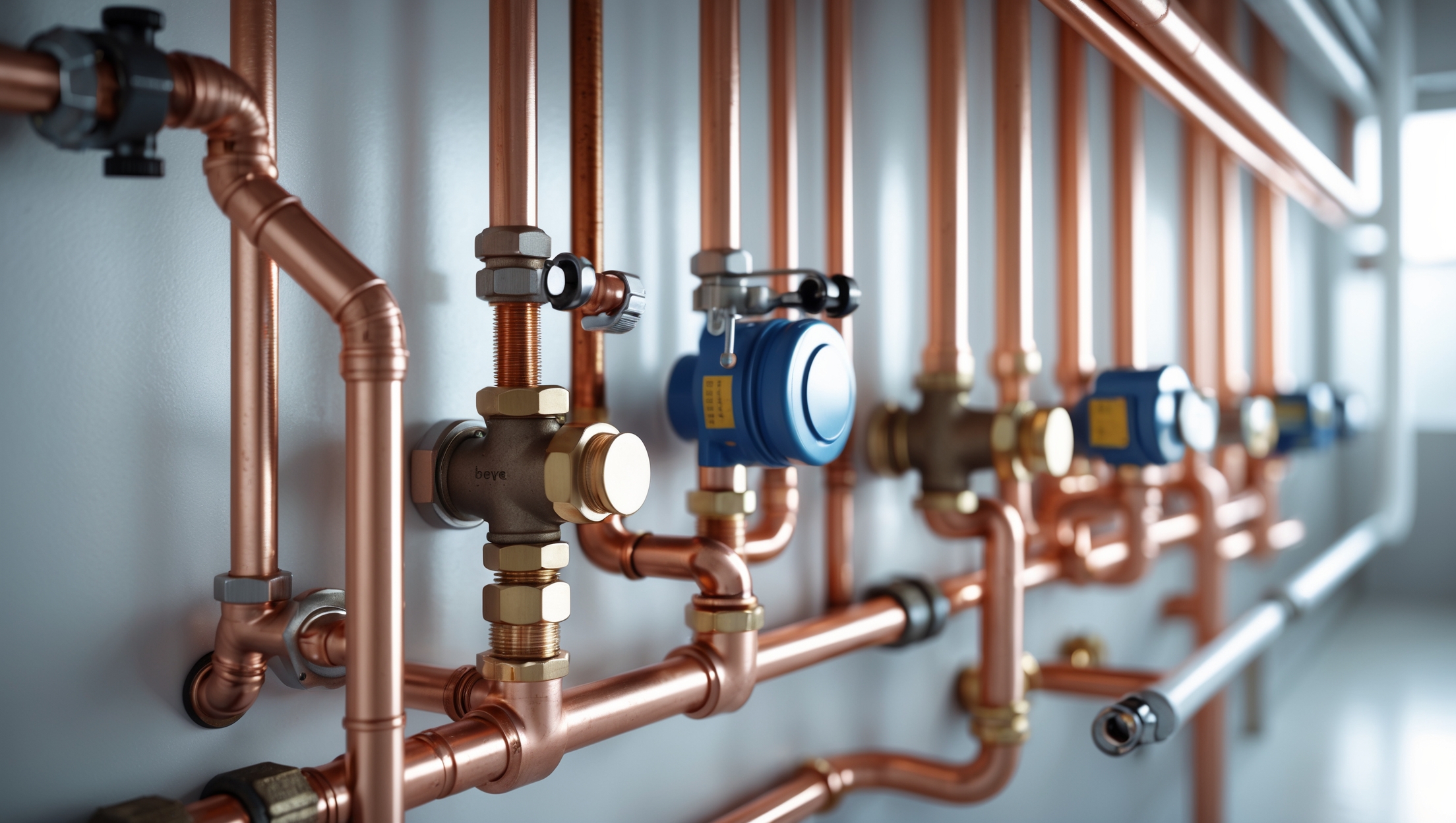

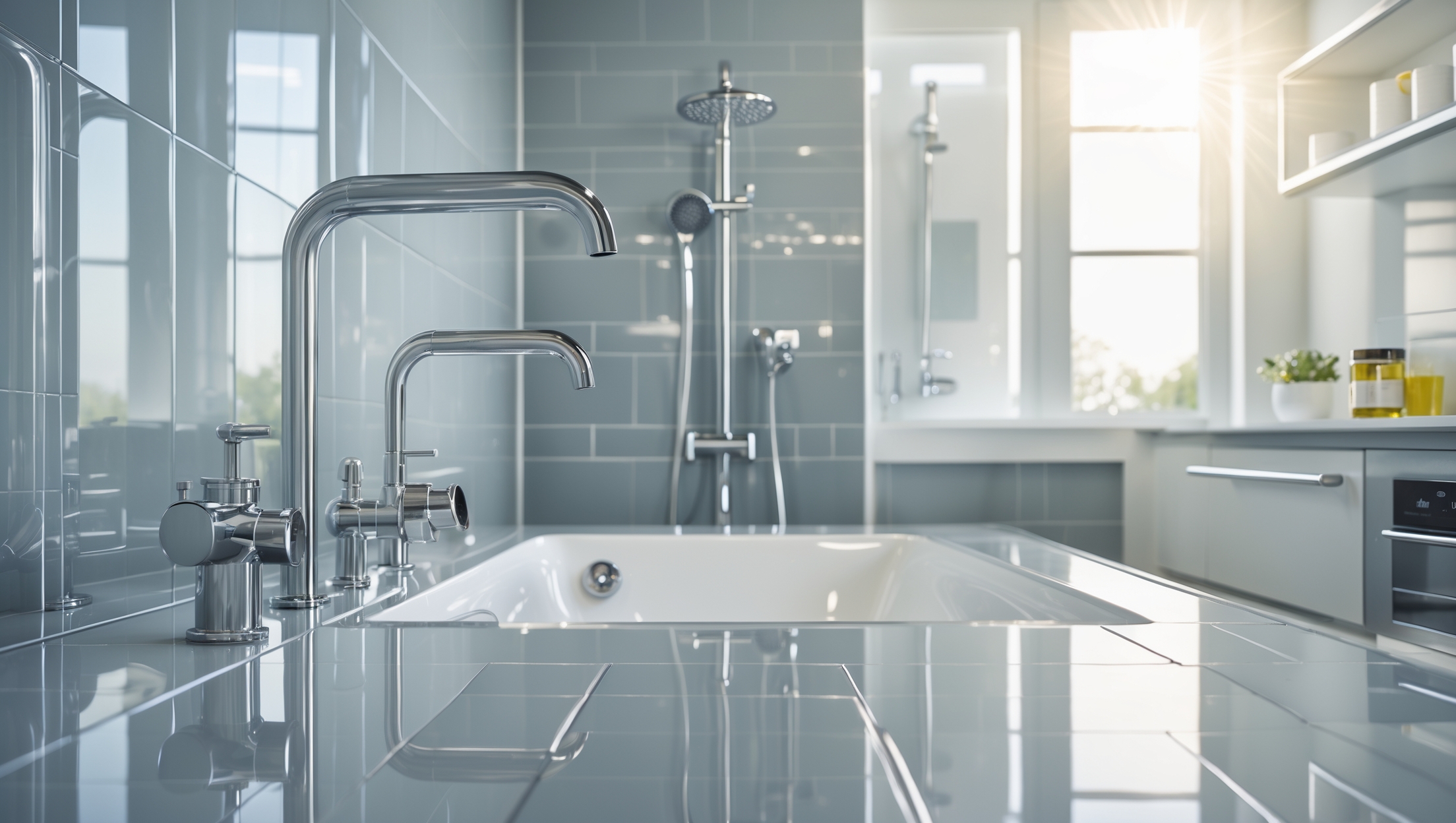

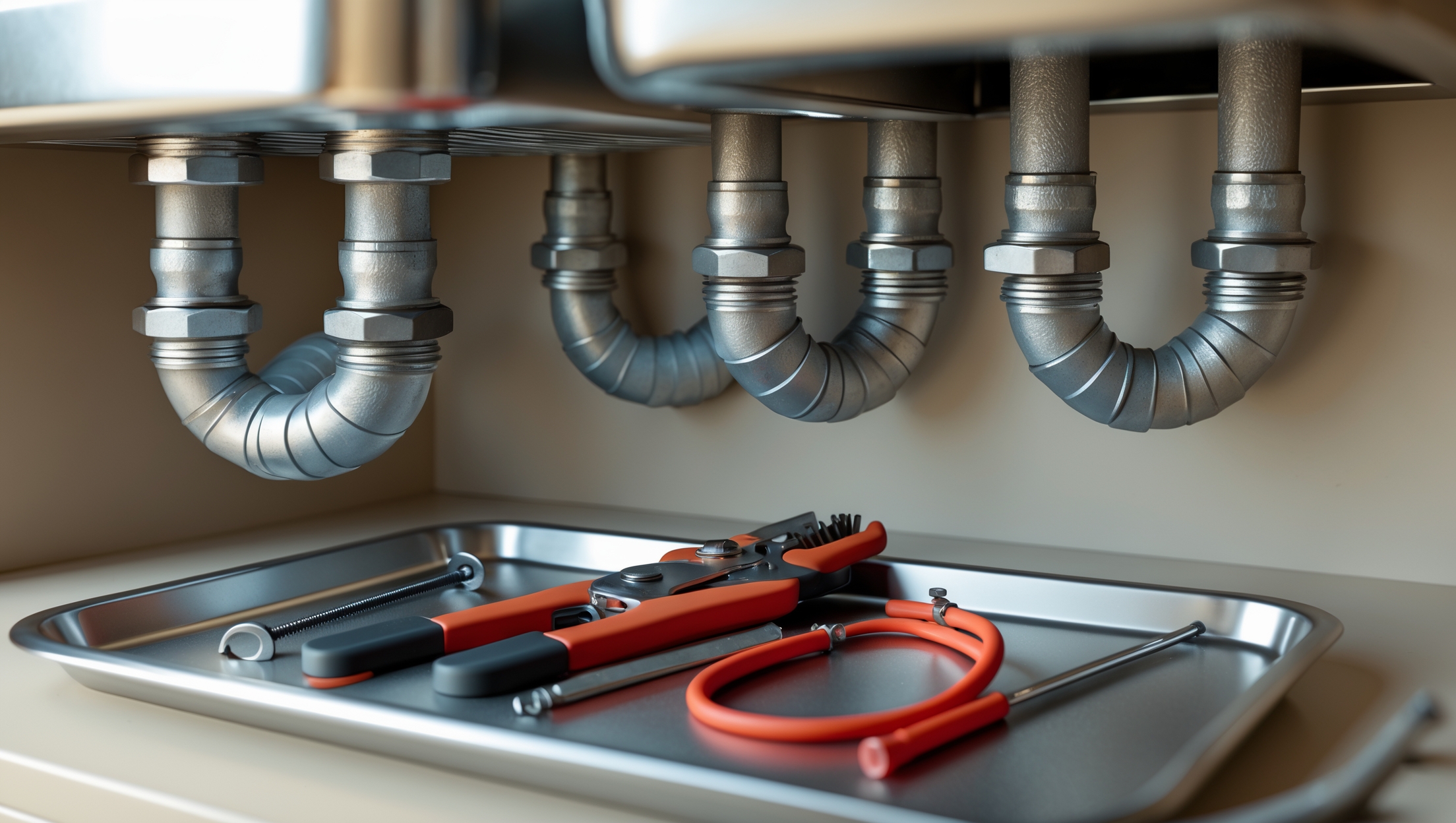
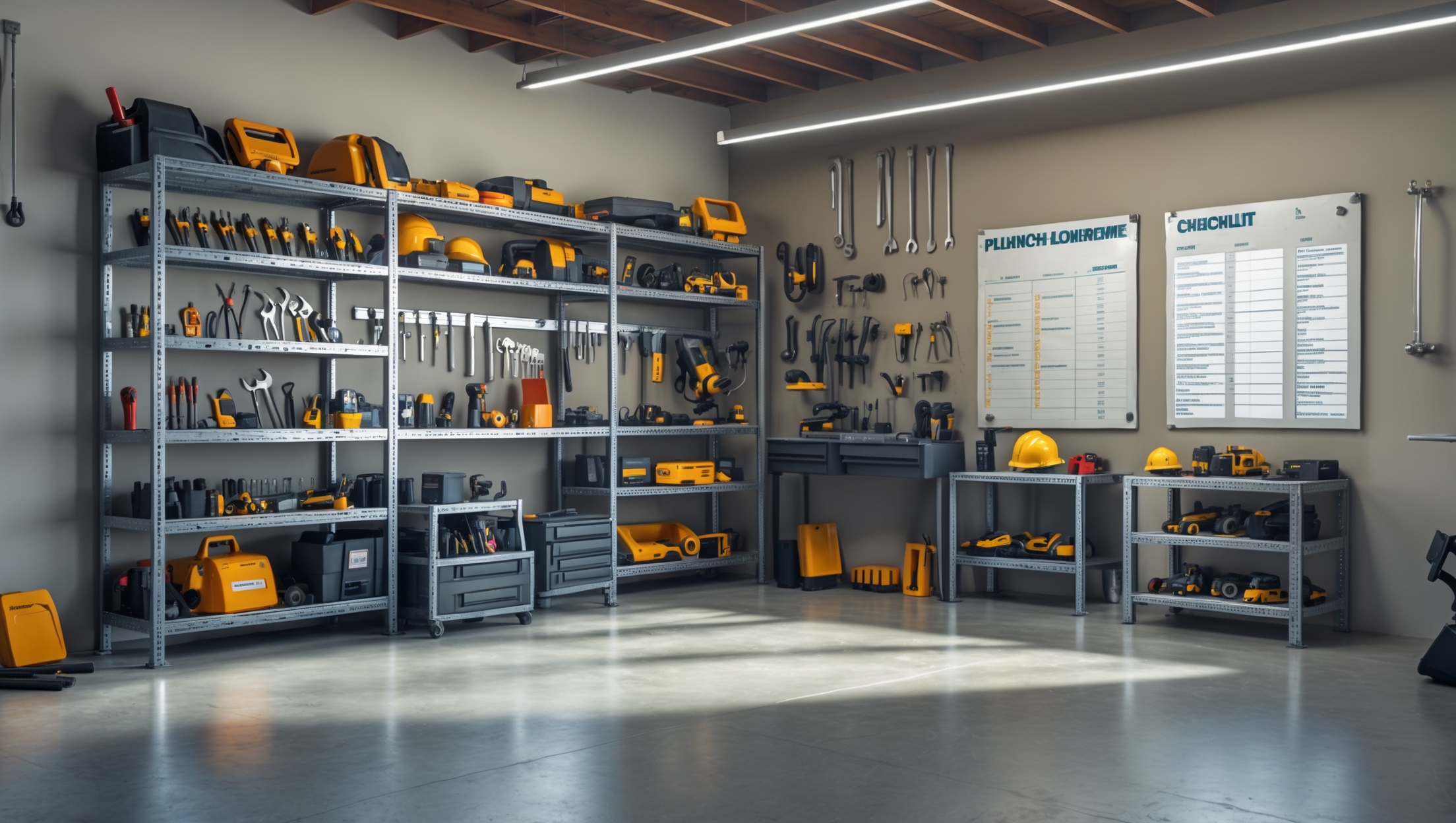


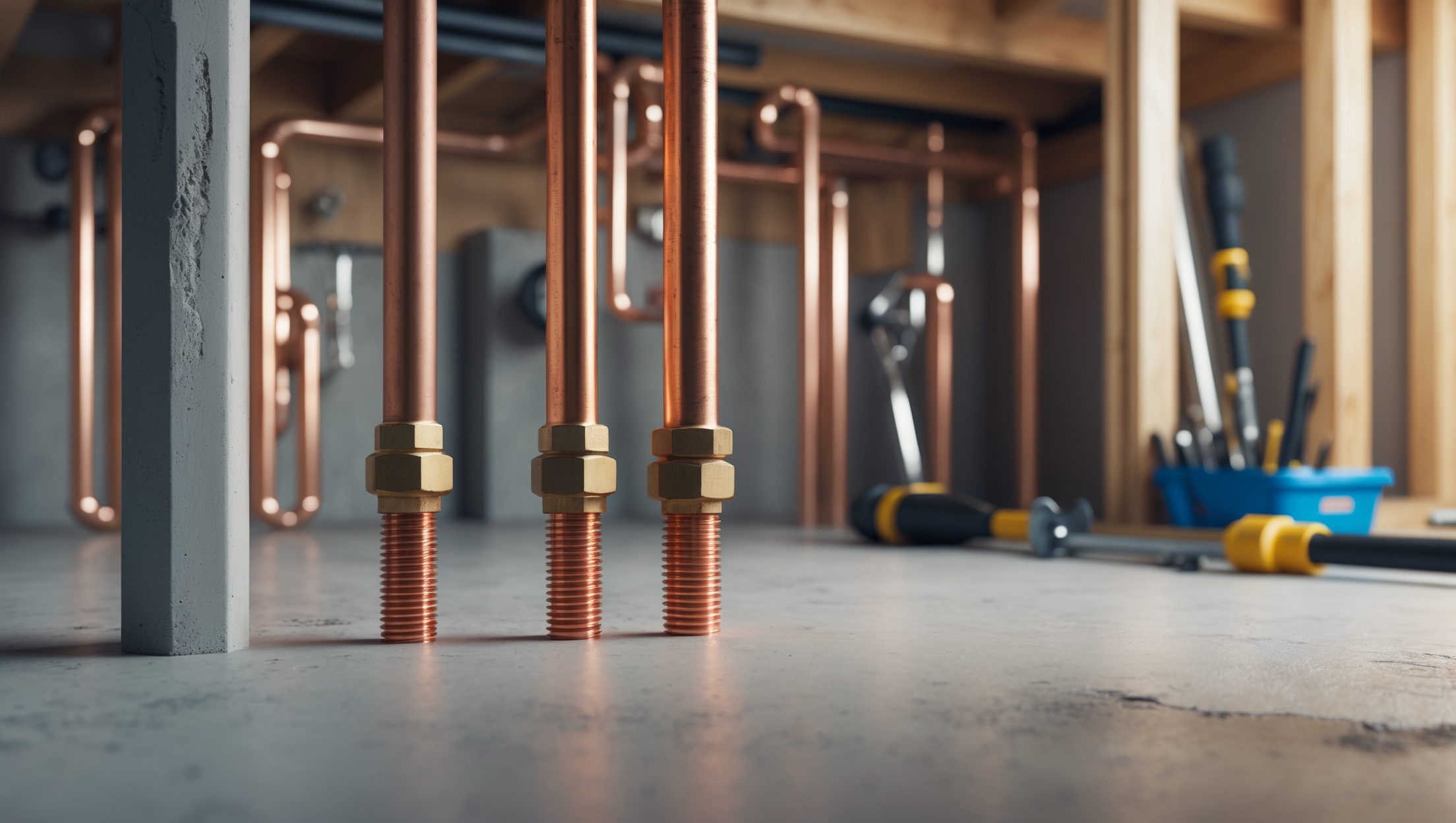
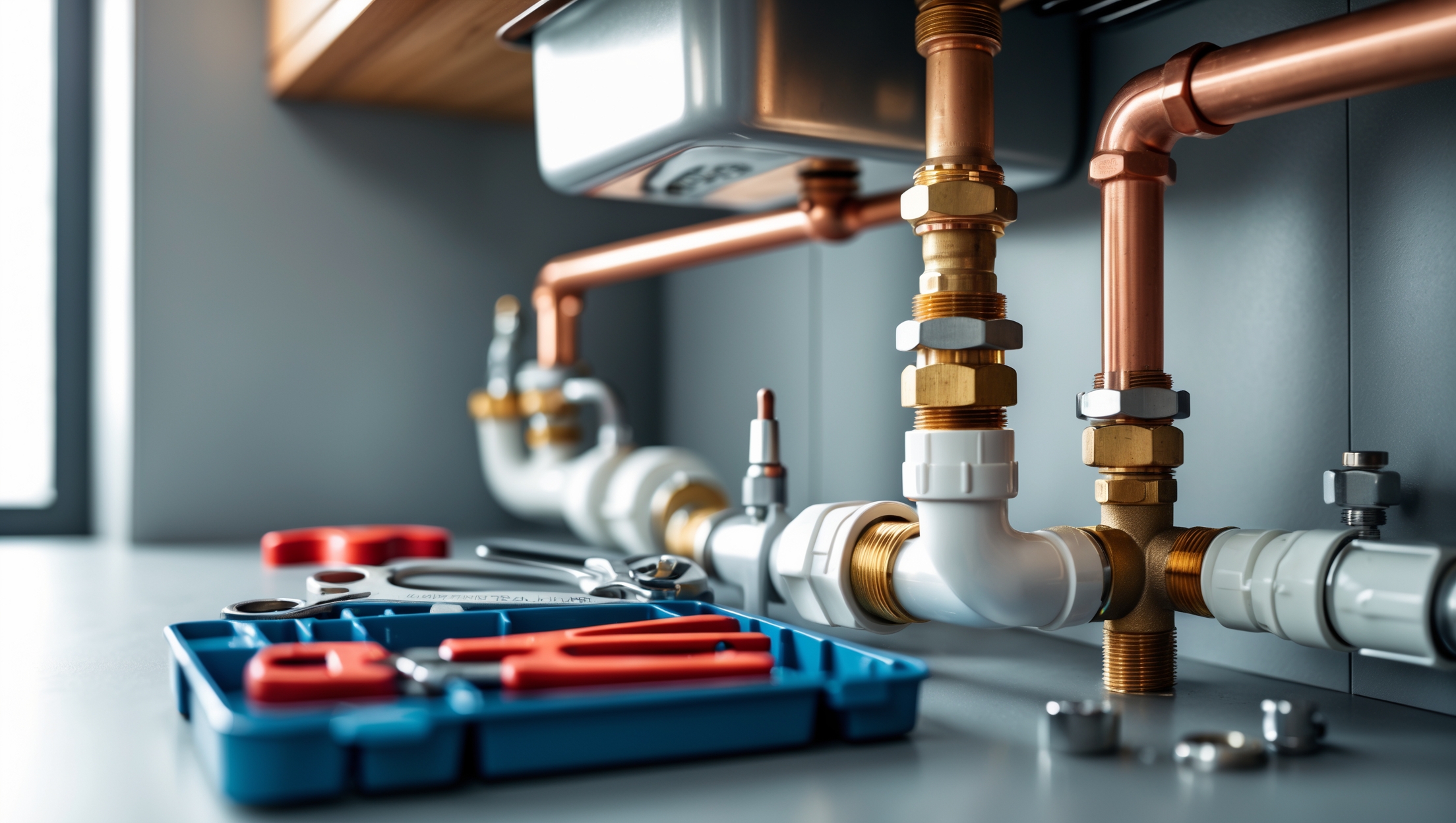
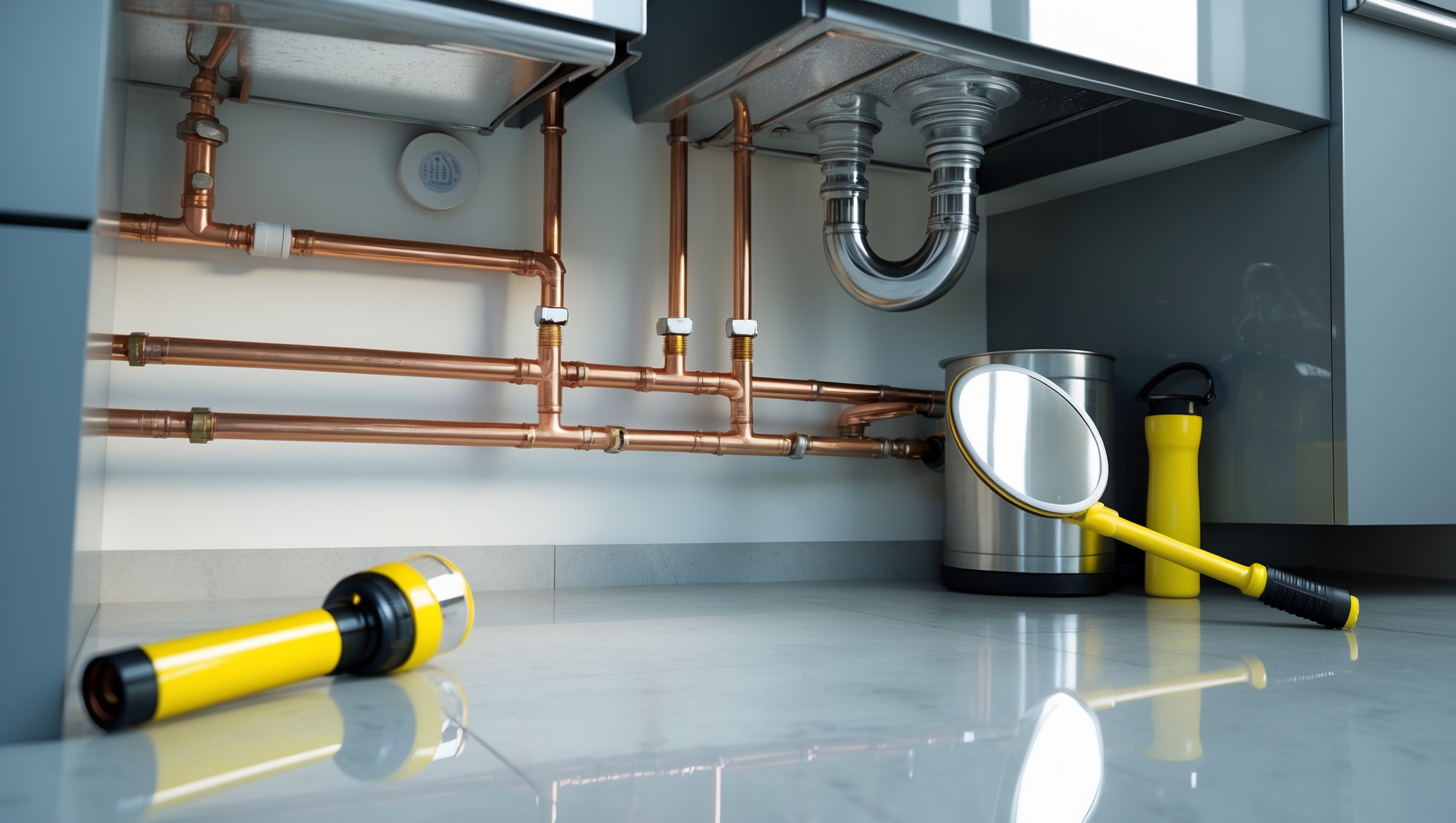
Mark Ramirez
I’ve already tried securing my pipes better, but I still hear thuds after my dishwasher runs. Would the next step be to check for pressure regulator issues, or should I skip straight to installing water hammer arrestors?